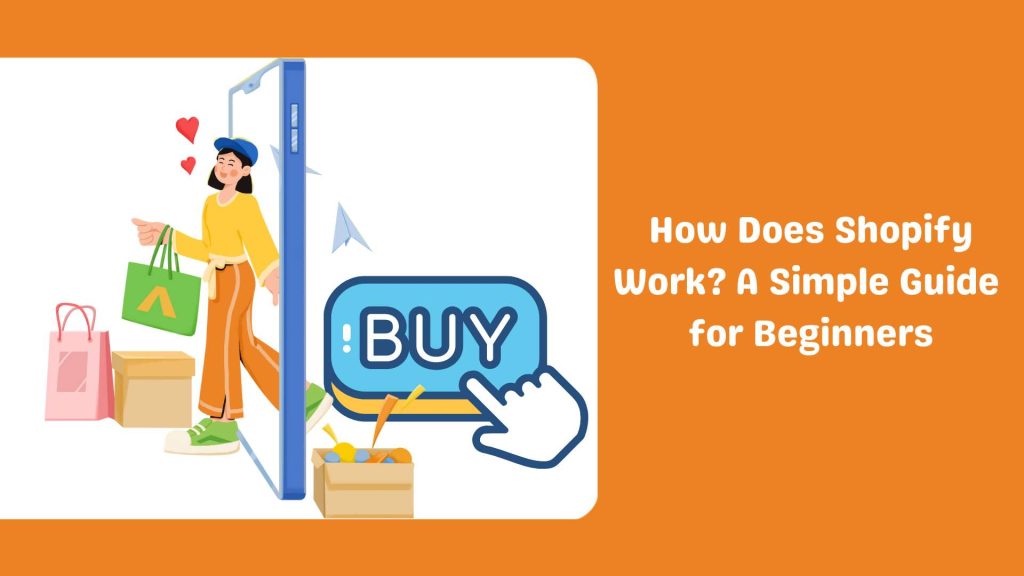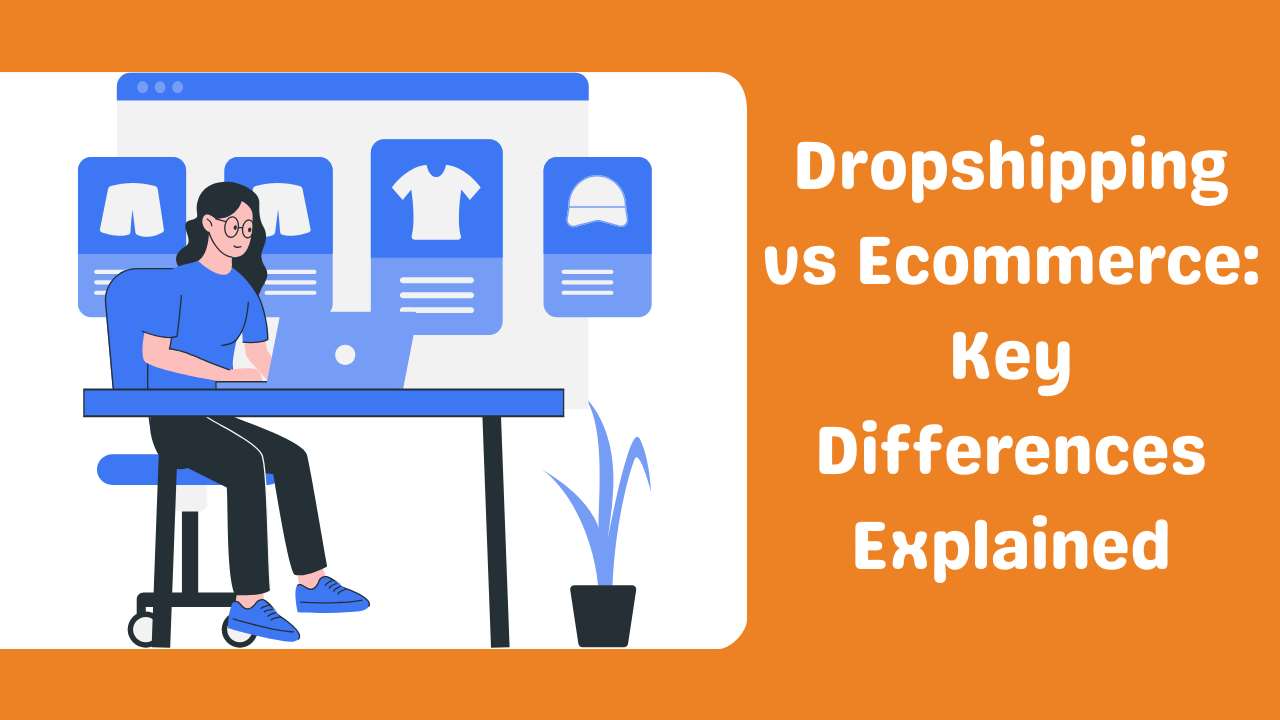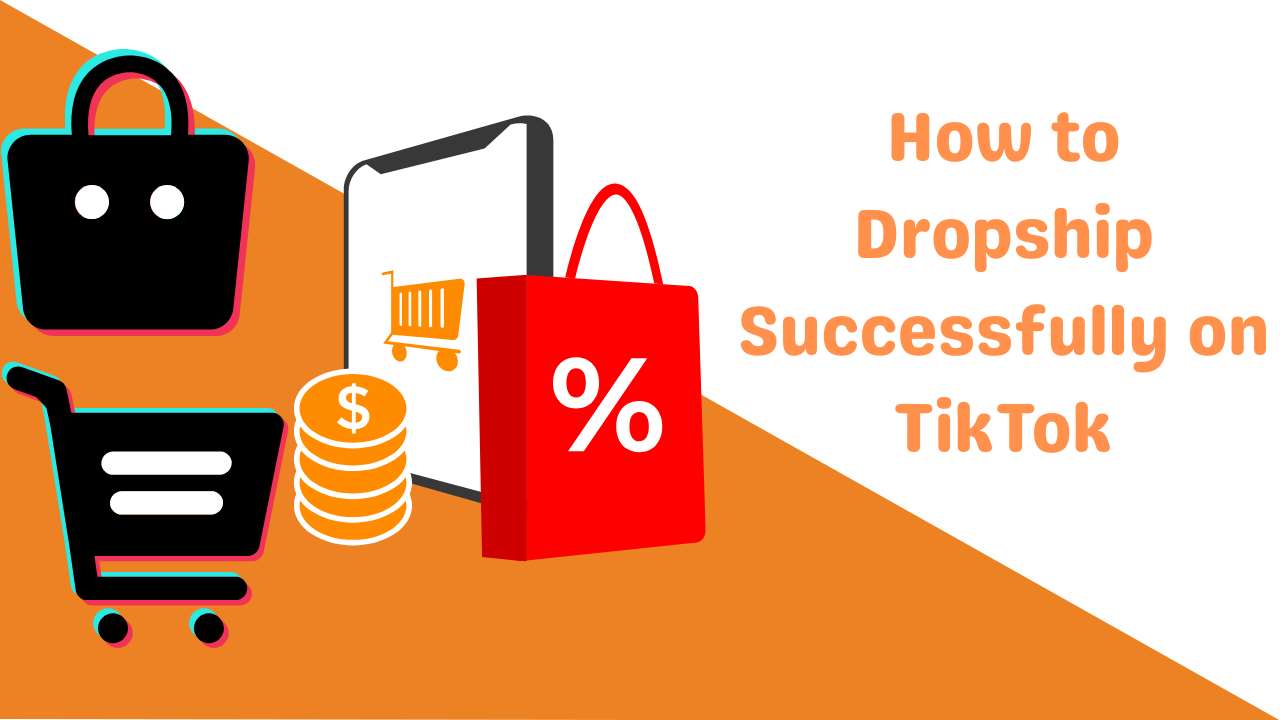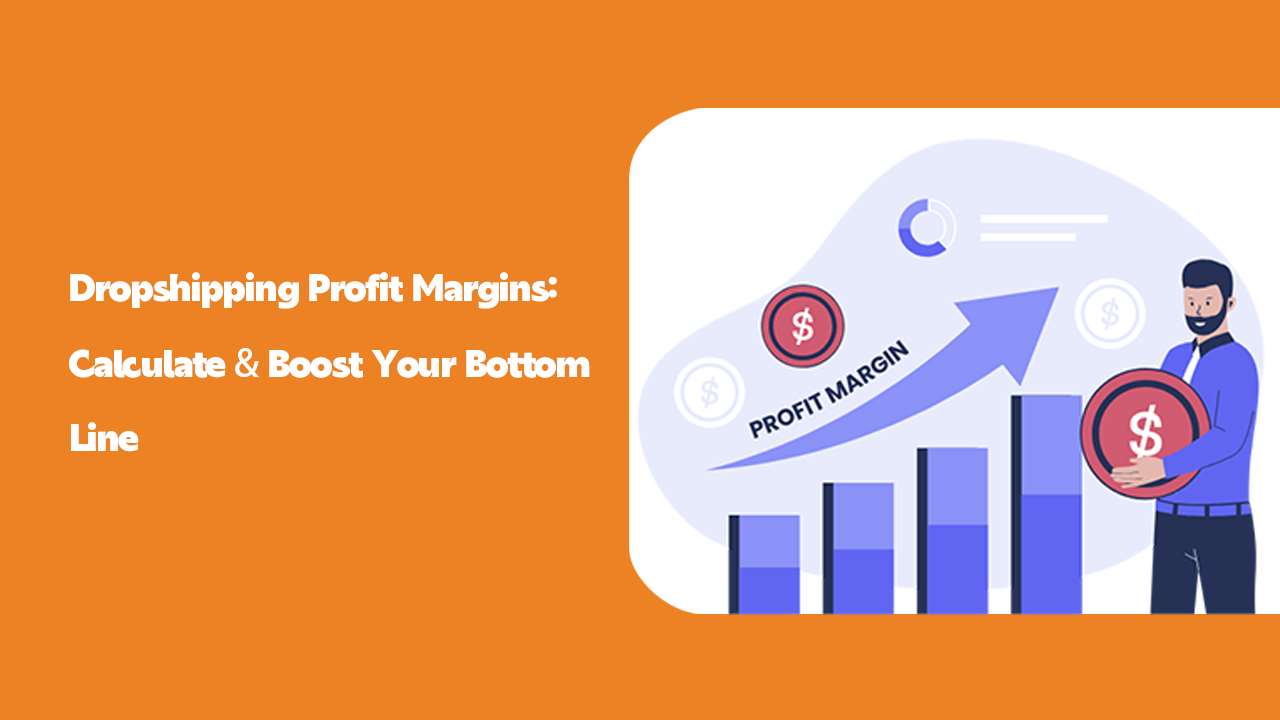Introduction
Ever dreamed of launching an online store without learning code or hiring a developer? That’s exactly where Shopify steps in. This ecommerce platform has quietly become the digital backbone for over a million businesses—whether they’re selling handcrafted candles or scaling seven-figure clothing brands.
But what is Shopify, really? And how does it work behind the curtain?
Here’s the bottom line: Shopify simplifies everything. From building your storefront to processing payments and managing inventory, it’s a one-stop, cloud-based solution designed to help you sell products online—fast. Whether you’re a side-hustler with zero experience or a small business owner ready to digitize, Shopify removes the tech barriers and hands you the keys to a professional-looking, high-converting store.
The best part? You don’t need to know HTML, hire a team, or deal with complicated plugins. Just log in, pick a theme, list your products, and go.
Let’s break it down step by step—because if you’ve got a product and a purpose, Shopify might just be your shortcut to online success.
Understanding the Shopify Ecosystem
.jpg)
Shopify Explained: The All-in-One Ecommerce Platform
At its core, Shopify is a cloud-based ecommerce platform designed to help anyone sell products online, in-person, or anywhere in between. It’s not just a website builder—it’s an entire infrastructure that includes hosting, design, payment processing, inventory tracking, shipping settings, and sales analytics. Think of it as your digital headquarters, where every tool you need to run your business lives under one intuitive roof.
A Quick Look at the Shopify Dashboard and Admin Panel
The moment you log into Shopify, you’re greeted by a clean, user-friendly dashboard that puts all the essentials at your fingertips. From the admin panel, you can add products, customize your store’s design, track orders, manage inventory, and view real-time performance data. It’s designed to be non-technical—so even if you’ve never built a website before, you can run your store confidently without hiring a developer or drowning in jargon.
How Shopify Works Behind the Scenes
Underneath the simple interface is a robust ecommerce engine. Shopify hosts your website on secure servers, handles SSL certificates, processes payments through integrated gateways, and scales effortlessly as your traffic grows. It automates tasks like tax calculation, order routing, and customer email notifications, so you can focus on growth. From inventory syncing to checkout optimization, Shopify does the heavy lifting behind the scenes to keep your business running 24/7.
Getting Started with Shopify
How to Create a Shopify Store in Minutes
Getting your Shopify store off the ground is faster than you think. With just an email address and a business idea, you can create a fully functional online store in under 10 minutes. The sign-up process is quick, and Shopify walks you through the basics—no tech experience required. It’s a streamlined start that puts you in the driver’s seat from day one.
Shopify Store Setup: Step-by-Step for First-Time Users
Once you’re inside the dashboard, setting up your store is as easy as following a checklist. You’ll start by naming your store, adding a logo, choosing a theme, and customizing your homepage. Then, you’ll move on to uploading product images, writing compelling descriptions, and organizing your categories. Shopify’s intuitive setup flow ensures you don’t miss a step, making the process feel more like assembling a storefront than building a website.
Shopify Setup Guide: Essentials Before You Launch
Before you hit “publish,” there are a few key details to lock in. Configure your payment gateways, double-check your shipping zones, and test your checkout flow. Set up tax rules, add legal policies, and preview your mobile layout. These behind-the-scenes details are critical to ensuring your store runs smoothly from the very first order. Shopify even offers a launch checklist to make sure you’re fully prepared.
Exploring the Shopify Trial: What’s Included and What’s Next
New users get access to a free Shopify trial—usually 3 to 14 days—giving you time to explore the platform and build your store before committing to a plan. During the trial, you can design your site, add unlimited products, explore the Shopify App Store, and test all of the platform’s core features. It’s your no-risk window to experience how Shopify works, refine your strategy, and prepare for a confident launch.
Designing Your Store Like a Pro
Choosing the Right Shopify Themes for Your Brand
First impressions count—and your theme sets the tone. Shopify offers a curated library of free and premium themes, each designed for different industries, product types, and shopping experiences. Whether you’re selling fashion, tech, or handmade goods, there’s a theme that fits your brand’s vibe. These themes are responsive by default, meaning your store will look great on any device right out of the box.
Customizing Your Shopify Store Design Without Coding
No need to learn HTML or hire a developer. Shopify’s drag-and-drop editor makes it easy to customize your homepage, tweak colors and fonts, upload banners, and adjust product layouts—all without touching code. The visual editor lets you preview changes in real time, so you can build a polished, on-brand experience that matches your vision, even if you’re starting from scratch.
Using the Shopify App Store to Enhance Your Store’s Functionality
Need a countdown timer? A currency converter? An email pop-up that converts? The Shopify App Store is your toolbox for scaling smarter. With thousands of apps available—covering everything from upselling and SEO to shipping automation and loyalty programs—you can extend your store’s capabilities in just a few clicks. Most apps are plug-and-play, and many offer free trials so you can test before you commit.
Shopify Integrations That Simplify Your Workflow
Shopify doesn’t exist in a vacuum. It plays well with other platforms—from Google Analytics and Facebook Ads to accounting software like QuickBooks and CRM tools like HubSpot. These integrations save time, reduce manual work, and create a seamless backend that scales with you. With the right connections, you can automate marketing, sync inventory, track ROI, and focus more on growth than grunt work.
Managing Your Products and Inventory
How to Use Shopify for Product Management
Adding products to your Shopify store is simple—but doing it well is what separates average stores from high-converting ones. Shopify allows you to manage unlimited products with detailed descriptions, images, pricing, and variants like size or color. You can assign SKUs, organize collections, and even set up digital products or services. It’s a clean, centralized system that helps you stay organized and customer-ready from day one.
Shopify Inventory Tracking: Keeping Stock in Sync
Whether you have 10 products or 10,000, inventory management matters. Shopify’s built-in inventory tracking ensures that your stock levels are always accurate—automatically updating quantities as orders are placed. You can set up low-stock alerts, manage inventory across multiple locations, and even track incoming shipments. This feature helps reduce overselling, prevent stockouts, and keep your fulfillment process running like clockwork.
Setting Up Shopify Shipping Settings for Domestic and International Orders
Shipping doesn’t have to be complicated. Shopify allows you to set up flexible shipping zones, rates, and methods for both domestic and international customers. You can offer flat rates, real-time carrier rates, or free shipping thresholds. Shopify also integrates with major carriers, letting you print shipping labels directly from your dashboard. It’s a powerful tool that streamlines logistics and improves the customer experience at checkout.
Shopify Product Pages: How to Make Them Convert
Your product page is where decisions are made. Shopify gives you the tools to create high-converting pages with compelling copy, high-resolution images, product reviews, and trust badges. You can add videos, FAQs, and even product bundling options. When optimized well, these pages do more than showcase your items—they persuade, reassure, and drive conversions.
Running and Fulfilling Orders Smoothly
.jpg)
Understanding Shopify Order Fulfillment Options
Fulfilling orders quickly and accurately is at the heart of any successful ecommerce operation. Shopify offers multiple fulfillment methods to match your business model—whether you’re shipping products yourself, working with a third-party logistics provider, or using a dropshipping app like DSers or Oberlo. You can automate fulfillment, print packing slips and labels, or mark items as fulfilled with a single click. The flexibility ensures that you stay in control while meeting customer expectations every time.
Shopify Checkout Process: Streamlined for Better Conversions
Shopify’s checkout process is built for speed and simplicity. It’s mobile-optimized, distraction-free, and trusted by millions of shoppers worldwide. With features like guest checkout, saved customer information, and one-page order completion, it reduces friction and cart abandonment. You can customize your checkout branding, add custom fields, and enable features like tipping or delivery notes—all without slowing down the experience.
Accepting Payments: Shopify Payment Gateways and Payment Options
Shopify gives you a variety of ways to get paid. You can use Shopify Payments (available in many regions), which accepts credit cards, Apple Pay, Google Pay, and more—all without third-party fees. Or choose from over 100 integrated payment gateways, including PayPal, Stripe, and Klarna. You can also offer manual methods like bank transfers or cash on delivery, depending on your market. Flexibility means you’ll never miss a sale due to limited options.
Shopify Transaction Fees: What You Need to Know
Shopify’s pricing is transparent—but transaction fees can sneak up if you don’t plan ahead. If you use Shopify Payments, you skip additional transaction fees. However, if you opt for third-party gateways, Shopify charges a small percentage per sale based on your plan. Understanding the fee structure helps you protect your margins and choose the right combination of payment methods for your business model.
Marketing and Growing Your Store
Using Shopify SEO Tools to Drive Organic Traffic
Shopify is built with search engine optimization in mind, giving you the tools to rank higher without needing to be an SEO expert. You can edit meta titles, descriptions, URLs, and image alt text right from the product or page editor. Built-in sitemaps, mobile optimization, and fast-loading themes also support better rankings. Combine that with keyword-rich content and clean site structure, and your store can start pulling in traffic that doesn’t cost a cent.
Shopify Marketing Tools That Help You Sell More
From email campaigns to automated discounts, Shopify’s marketing toolkit makes it easy to reach the right customer at the right time. You can set up automated abandoned cart emails, run promo codes, or launch a loyalty program—all from your dashboard. Many of these tools are built-in or can be enhanced via the Shopify App Store, helping you drive more conversions without adding extra workload.
Leveraging Shopify Sales Channels to Expand Your Reach
Shopify isn’t just a website—it’s a multichannel selling machine. You can list your products on marketplaces like Amazon and eBay, sync with Google Shopping, or integrate directly with social media platforms. These sales channels expand your visibility, drive more traffic, and help you reach customers wherever they’re already shopping—all while managing everything from one centralized place.
How Shopify Works with Facebook, Instagram, and Other Platforms
Shopify connects seamlessly with Facebook, Instagram, TikTok, and Pinterest, allowing you to turn your social media followers into buyers. Set up a Facebook Shop or tag products in your Instagram posts to let customers purchase without ever leaving the app. The integrations are easy to set up and include built-in tools for tracking ad performance and managing campaigns—all directly within your Shopify admin panel.
Building Customer Loyalty with Shopify Customer Accounts
Returning customers are your most valuable asset—and Shopify helps you keep them coming back. With customer accounts, users can track their orders, view past purchases, and save their details for faster checkout. You can also segment customers for personalized email marketing, offer exclusive perks, or reward loyalty through apps. It’s not just about making a sale—it’s about building a long-term brand community.
Shopify for Different Business Models
.jpg)
Shopify Dropshipping: How It Works and What to Expect
Dropshipping is one of the most popular business models on Shopify—and for good reason. If you’re interested in starting your own dropshipping business, our comprehensive guide to dropshipping on Shopify walks you through every step of the process. You can sell products without holding inventory, and your supplier ships orders directly to your customer. Shopify makes it seamless with integrations like DSers and Spocket, allowing you to import products, automate fulfillment, and manage everything from a single dashboard. It’s low-risk, low-overhead, and perfect for entrepreneurs who want to test niches without heavy upfront investment.
To understand how Shopify works as an e-commerce platform, it’s important to know that Shopify’s architecture was designed with e-commerce flexibility in mind
Shopify for Small Business: Lean, Efficient, Scalable
Whether you’re a local boutique or a solo maker, Shopify provides the flexibility and tools to run your business your way. With built-in payment options, mobile-ready themes, and intuitive inventory management, you can stay lean while scaling fast. It’s designed for small teams—or even one-person operations—to manage orders, engage customers, and grow revenue without needing a technical background or expensive developers.
Shopify Subscription Options for Recurring Revenue
Recurring revenue is the gold standard for ecommerce, and Shopify supports it with powerful subscription app integrations. From monthly product boxes to refillable essentials, you can turn one-time buyers into loyal subscribers. Manage recurring billing, adjust frequency, and give customers control over their subscriptions—all while building predictable cash flow and long-term relationships.
Shopify POS: Bridging Online and In-Person Sales
Selling in a retail space or at pop-up events? Shopify POS lets you unify your online and in-person sales into one platform. From syncing inventory in real time to accepting payments via tap, swipe, or chip, Shopify POS ensures you never miss a sale. Whether you run a brick-and-mortar shop or attend markets, your sales, analytics, and customer data all stay connected in one smart system.
Analyzing and Optimizing Performance
Getting the Most from Shopify Analytics
Numbers don’t lie—and with Shopify Analytics, you get a clear, real-time picture of how your store is performing. From sales and traffic reports to customer behavior and conversion rates, everything you need to make informed decisions is right at your fingertips. The dashboard highlights key performance indicators like average order value, returning customer rate, and sales by channel. Advanced users can unlock deeper insights with Shopify’s built-in reports or upgrade to Shopify Plus for even more detailed analytics.
Best Practices for Shopify Store Performance Optimization
Running a store isn’t just about adding products—it’s about constantly improving. Speed, SEO, mobile usability, and conversion rates all play a part in turning visitors into buyers. Optimize your product pages with clear images and persuasive descriptions, streamline your checkout process to reduce cart abandonment, and use A/B testing to fine-tune layouts and calls to action. Tools from the Shopify App Store and integrations with platforms like Google PageSpeed Insights or Hotjar can help identify where your store’s bottlenecks are. When you monitor and optimize consistently, you not only boost revenue—you future-proof your growth.
Shopify Plans, Support, and Comparisons
Shopify Pricing Plans: Which One Should You Choose?
Shopify offers flexible pricing to fit nearly every budget and stage of growth. From the $5 Starter plan for social selling to the robust Advanced plan designed for scaling businesses, each tier comes with its own features and limits. Choosing the right plan depends on your goals—whether it’s launching your first product, managing a large catalog, or accessing advanced reporting and automation. And don’t forget to factor in transaction fees and additional app costs when calculating your real investment.
Shopify Support: Where to Get Help When You Need It
When things go sideways—or when you’re just stuck—Shopify’s support team is one of its biggest assets. You get 24/7 access to live chat, email, and phone support depending on your plan, plus a massive help center, community forums, and step-by-step tutorials. Whether you’re debugging a payment issue or customizing your theme, there’s always a way to get answers fast and keep your store running smoothly.
Shopify vs WooCommerce: Which Platform Wins?
Both platforms have their strengths. Shopify is all about ease of use, hosted security, and a polished out-of-the-box experience. WooCommerce, built on WordPress, offers deeper customization for those comfortable with tech. Shopify shines for business owners who want to get up and running quickly, while WooCommerce caters to users who want total control. Your choice depends on your comfort level, budget, and how hands-on you want to be with the backend.
Shopify vs Etsy: Marketplace vs Brand Ownership
Etsy is great for exposure—but you’re renting space in someone else’s marketplace. Shopify, on the other hand, gives you full control over your brand, customer data, and store design. While Etsy may drive traffic, you’ll face stiff competition and pay listing fees. Shopify lets you build a lasting brand on your terms, with fewer limitations and more room to grow. For sellers serious about turning a side hustle into a standalone business, Shopify is often the smarter long-term play.
Conclusion
Recap: How Does Shopify Work and Why It’s a Smart Choice
Shopify works by giving you everything you need to launch, manage, and grow an online store—without the headaches of traditional website development. From customizable themes and intuitive product management to secure payments and built-in marketing tools, it’s a true all-in-one ecommerce platform. Whether you’re starting a side hustle or scaling a full-fledged business, Shopify removes the technical roadblocks so you can focus on what matters: selling.
Final Thoughts for Shopify for Beginners
If you’re just getting started, Shopify is one of the most beginner-friendly platforms available. You don’t need coding skills, a big team, or months of prep work. With a clean dashboard, simple store setup, and plenty of built-in features, even first-time entrepreneurs can hit the ground running. And as your business grows, Shopify grows with you—offering advanced tools, integrations, and analytics to keep you ahead of the curve.
Next Steps: Tutorials, Tools, and Resources to Keep Going
Now that you understand how Shopify works, it’s time to take action. Start with a free Shopify trial and follow a step-by-step setup tutorial. Explore the Shopify App Store for tools that fit your niche, and bookmark the Help Center for quick answers when you need them. Whether you want to dive deeper into SEO, expand to social sales channels, or optimize your checkout flow, the resources are there. All that’s left is to build—and launch—with confidence.







